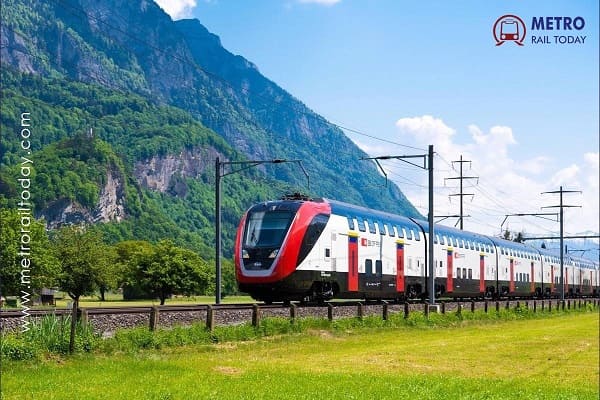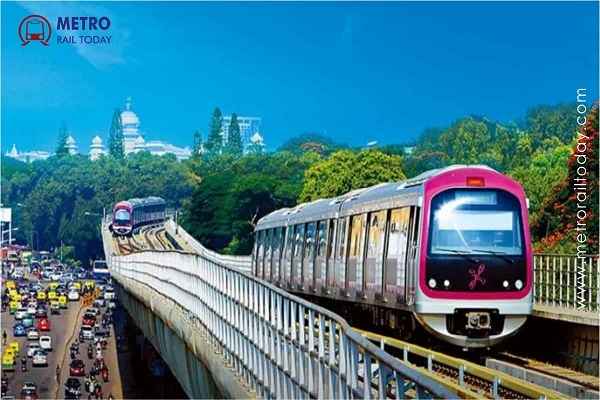 Bangalore Metro achieves record profit of ₹130 Crore in FY2023-24
Bangalore Metro achieves record profit of ₹130 Crore in FY2023-24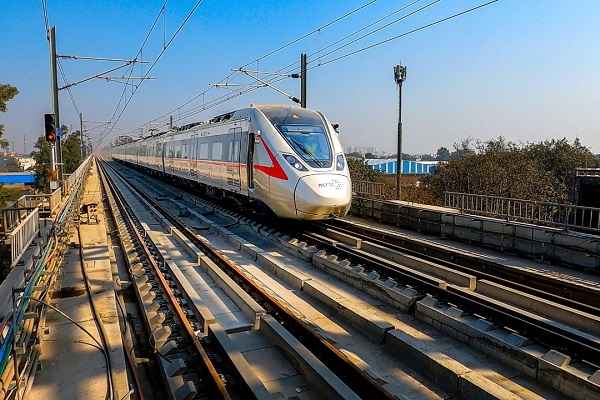 CEG Test House wins Geotechnical Investigation contract for Delhi-Dharuhera RRTS Project
CEG Test House wins Geotechnical Investigation contract for Delhi-Dharuhera RRTS Project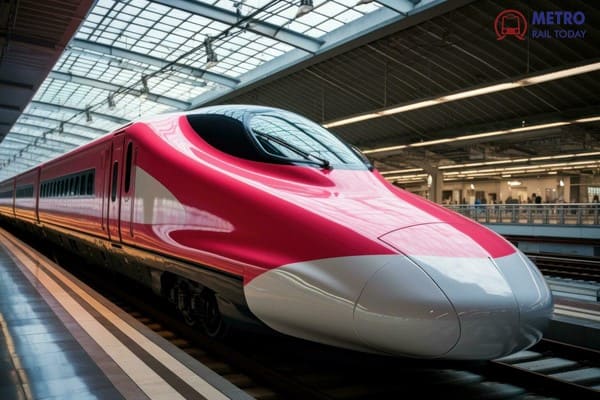 Two firms bid for ticketing system consultancy for Mumbai-Ahmedabad High Speed Rail Line
Two firms bid for ticketing system consultancy for Mumbai-Ahmedabad High Speed Rail Line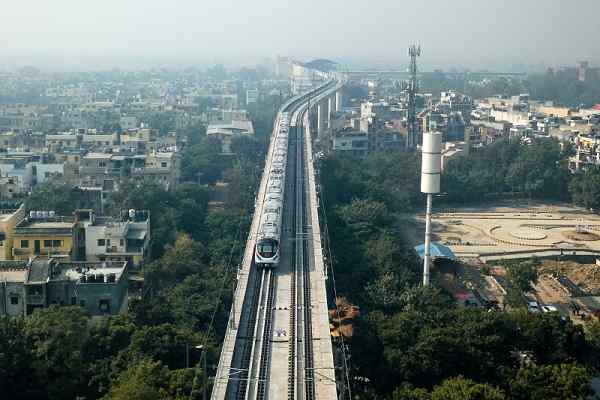 India aims to become the 2nd Largest Metro Rail Network in the World
India aims to become the 2nd Largest Metro Rail Network in the World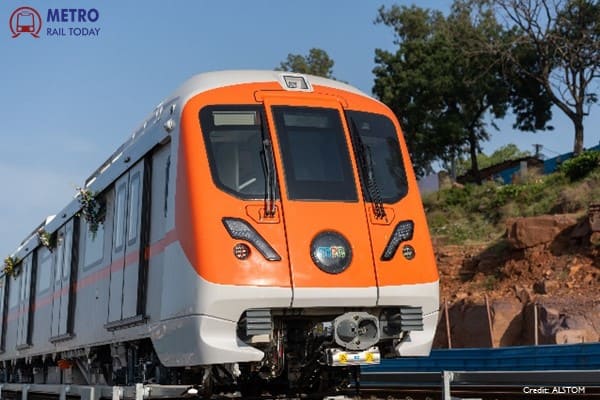 What makes the trains for Bhopal and Indore metro rail projects so special?
What makes the trains for Bhopal and Indore metro rail projects so special? Knorr-Bremse acquires Alstom’s Rail Signalling Technology Business at €630 million
Knorr-Bremse acquires Alstom’s Rail Signalling Technology Business at €630 million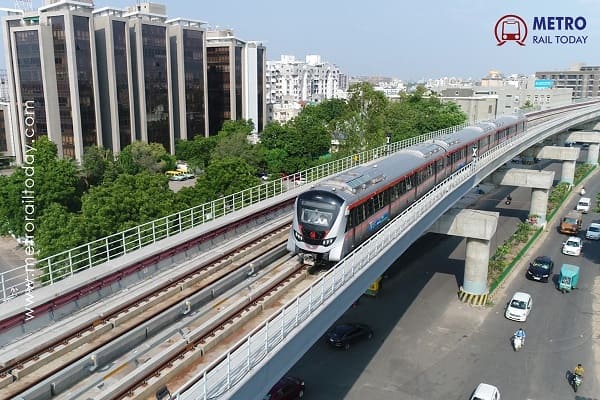 Navigating India's Metro Rail Expansion: Efficient Planning for Timely Completion
Navigating India's Metro Rail Expansion: Efficient Planning for Timely Completion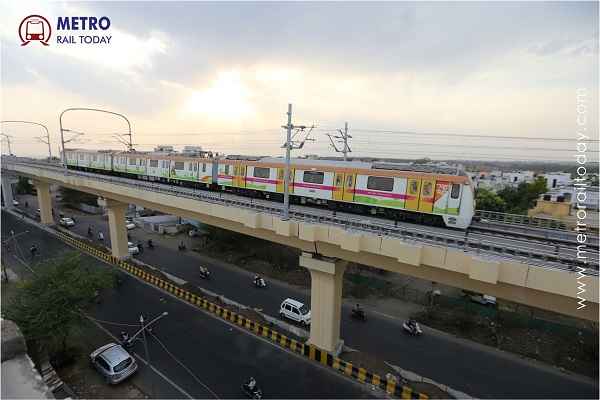 Enia Design wins Design Consultancy Contract of Nagpur Metro Phase 2
Enia Design wins Design Consultancy Contract of Nagpur Metro Phase 2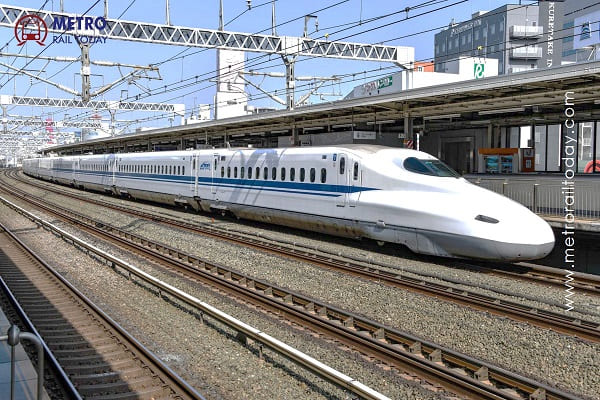 Anand Bullet Train Station is poised to become a key transportation hub on MAHSR
Anand Bullet Train Station is poised to become a key transportation hub on MAHSR Sojitz-Larsen & Toubro JV bags $290mn civil contract for Jakarta's Mass Rapid Transit
Sojitz-Larsen & Toubro JV bags $290mn civil contract for Jakarta's Mass Rapid Transit
NCRTC unveils construction methods and strategies for Anand Vihar RRTS Station
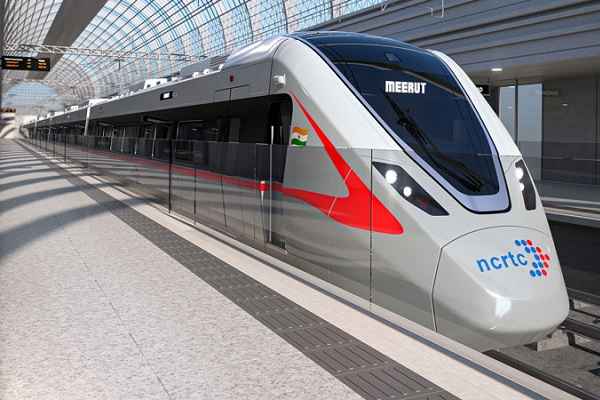
New Delhi, India (Metro Rail Today): The construction of Anand Vihar RRTS station, one of the largest stations on the Delhi-Ghaziabad-Meerut corridor, is progressing rapidly under the close supervision of NationalCapital Region Transport Corporation (NCRTC). The base slab and concourse level of this station have been completed and the construction of the platform level is nearing completion. Presently, the construction of the roof of the Concourse level is being carried out. The track laying at the platform level will commence soon.
This station is being constructed by top-down method, i.e. construction is first done at the ground level and then progresses to the underground level. Four Sudarshan (Tunnel Boring Machines) is engaged in the construction of tunnels for the corridor near the station. Two of these tunnels are being constructed from Anand Vihar towards New Ashok Nagar for 3 Km and from Anand Vihar towards Sahibabad for 2 km.
Sudarshan 4.1, the first TBM working in the direction of New Ashok Nagar, has completed the construction of about 1.5 km of tunnel. The second TBM, Sudarshan 4.2, has completed the construction of its parallel tunnel for about 1.2 km. Along with this, the third TBM, Sudarshan 4.3, towards Sahibabad has completed about 700 meters of tunnel and the fourth TBM, Sudarshan 4.4, has recently commenced tunnelling for the parallel tunnel. These four TBMs have completed a total of about 4 km of tunnel construction in both directions.
A retrieving shaft has been constructed at Khichdipur to retrieve both the TBMs tunnelling in the direction of New Ashok Nagar. At the same time, a retrieving shaft has been built in front of Vaishali metro station to retrieve both the TBMs tunnelling towards Sahibabad.
Multi-Modal Integration at Anand Vihar Station
It has been the constant endeavour of NCRTC during the construction of RRTS to ensure maximum convenience to commuters. For their smooth and uninterrupted travel, RRTS stations are planned in a way that they are connected to the existing modes of public transport wherever possible and are being built as close as possible to them.
The location of Anand Vihar RRTS station is strategically designed to facilitate multi-modal integration among the 6 modes of public transport present here. This includes the Swami Vivekananda (Anand Vihar) Inter-State Bus Stand located at a distance of 150 meters, the City Bus Stand located at a distance of 150 meters, the Bus Stand of Uttar Pradesh State Road Transport Corporation (UPSRTC) located at Kaushambi at a distance of 100 meters, The two metro corridors, the Pink and Blue Lines at a distance of 50 meters and the Anand Vihar Railway Station located at a distance of 200 meters from the Anand Vihar RRTS Station.
At present, a Foot Over Bridge (FOB) is in place to connect the Metro Complex to Chaudhary Charan Singh Marg. The facility of lift, stairs and escalators will be provided to connect the RRTS station to it.
Challenges in the construction of the Station
Multi-modal integration being the core principle of the RRTS project, RRTS stations are strategically designed and built as close as possible to the existing modes of public transport to connect them. To make it possible, NCRTC Team has to deal with many complexities related to construction and civil engineering.
Anand Vihar RRTS station is an excellent example of this. This underground station is being constructed in such a way that it can be made accessible by all the existing modes of public transport. In the preliminary detailed project report, the station was planned to be constructed at about 8 meters below the concourse level and 16 meters below the rail level. However, in doing so, the existing Metro infrastructure was coming in the way of the construction of the RRTS corridor. Also, due to the greater depth of the station, subways and additional lifts, stairs and escalators had to be built to connect it with other transport modes. Moreover, despite such provisions, passengers would have had to walk a lot and climb many stairs to get from one means to another. The difficulty would’ve been even more for the elderly, children, handicapped or passengers travelling with heavy luggage from the railway station or ISBT.
Therefore, its design was reconsidered. After re-evaluation, the depth of Anand Vihar RRTS station was reduced to ~8 m, i.e. shifted from -16 m to -8 m and the concourse level was shifted to ground level.
Making this change possible in station design was a complex and challenging task. To make the construction of the proposed corridor possible after raising the level of the station, it is being constructed through the basement of the metro lines passing through Anand Vihar. This is a very complex task from construction and civil engineering point of view. Committed to passenger convenience, NCRTC is making it possible by using new technologies, strategic planning, and innovative methods.
Tunnelling by TBM Sudarshan
In the process of tunnel construction, tunnel rings are made underground with the help of tunnel segments by Sudarshan (TBM). Seven tunnel segments are generally used to form a tunnel ring. The Tunnel Segments are being manufactured at NCRTC's Casting Yard with assured quality control. Due to the large rolling stock and a high design speed of 180 mph, the width of RRTS tunnels is being constructed as 6.5 m. diameter. Compared to the metro systems, this is for the first time that a tunnel of such a large size is being constructed in the country.
There is a provision for two parallel tunnels for the movement of trains in the underground sections of RRTS. Along with this, various security measures have also been made to ensure the safety of the passengers. A cross-passage would be provided at approximately every 250 metres for the safety of the passengers in case of any emergency. The RRTS tunnel will also have ventilation ducts to ensure air movement and a 60 cm-90 cm wide side walkway which will assist in maintenance activities and emergencies.
For the construction of the tunnels, about 90 meters long Sudarshan (TBM) is being used. This TBM consists of Cutter Head, Front Shield, Middle Shield, Tail Shield, Erector, Screw Conveyor, and many other important parts.
Pollution Control Measures Taken by NCRTC
Since the Anand Vihar RRTS station is an underground station, most of the construction is being conducted at least 25-30 feet below the ground level.
Keeping environmental concerns at the forefront since the beginning of the project, NCRTC has been using pre-cast segments for construction. Pre-casting helps in the safe and fast execution of the works while ensuring good quality control, minimizing inconvenience to the road users, local passers-by, business owners and residents along the entire stretch, and reduction in air pollution & noise pollution.
The Tunnel Segments being used for the construction of tunnels at Anand Vihar are being cast at NCRTC's Casting Yard in a controlled environment with assured quality control. These are brought to the sites laden on the trailers during the night-time to reduce the traffic problems and cause less public inconvenience.
The requirement for in-situ construction is minimum at this site. Moreover, the muck extracted from the tunnels is wet muck and the site is mostly wet. Hence, the chances of dust pollution at the site are minimal.
Moreover, truck washing plants, sprinklers and anti-smoke guns have been installed at the RRTS construction sites. Anti-smog guns are being used frequently to control the dust and pollution caused by construction work and water is being sprinkled from water tankers at the construction site to prevent flying dust.
20 such sprinklers and 6 anti-smog guns have been installed at the Anand Vihar Construction site at a certain height. Mobile vehicles for the water sprinkling have also been deployed at the site and their number will be increased in the future.
NCRTC also conducts mechanised/vacuum sweeping of roads near the construction sites for dust control and the frequency of it has been intensified.
Further, taking a proactive measure NCRTC has also constituted a Special Task Force comprising senior officials of NCRTC to monitor and supervise the implementation of the pollution control measures.
About RRTS Project
The inception of RRTS could be found in the environmental crisis of the National Capital Region. Increasing pollution levels in National Capital Region (NCR) have been a cause of concern for the past few years and the situation in recent times has become much more severe. To present a solution to this problem, RRTS is a long-term strategic intervention by the Government of India and four state governments, Delhi, Haryana, Uttar Pradesh, and Rajasthan, for decongestion of the National Capital, reduce vehicular congestion and air pollution, and enable the balanced and sustainable development of the region.
NCRTC is ensuring the safe and timely completion of work using state-of-the-art technologies while minimizing inconvenience to road users, local passers-by, business owners and residents of the entire segment.






